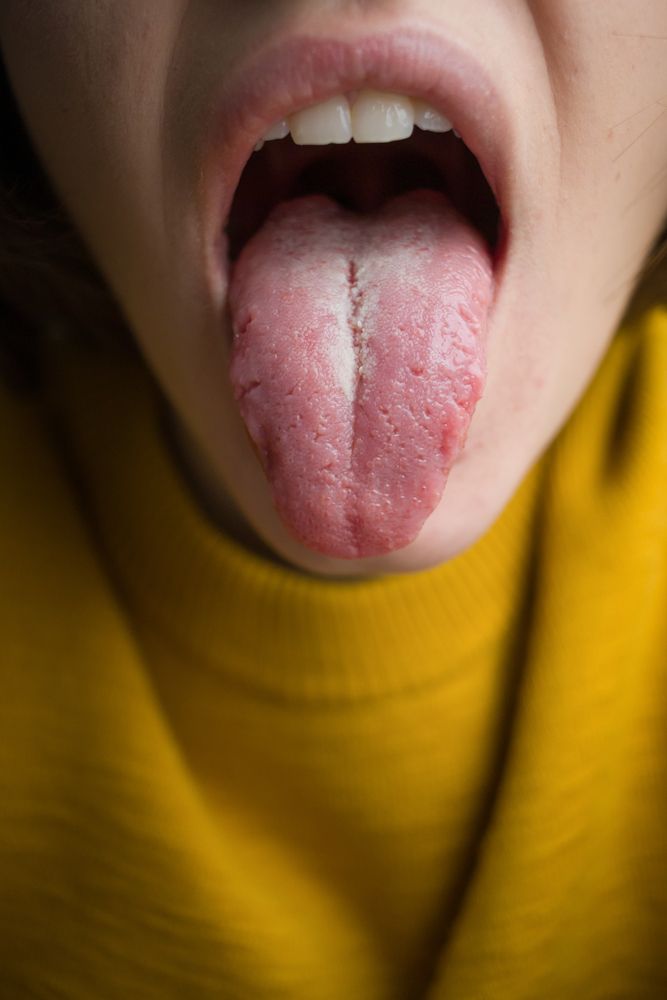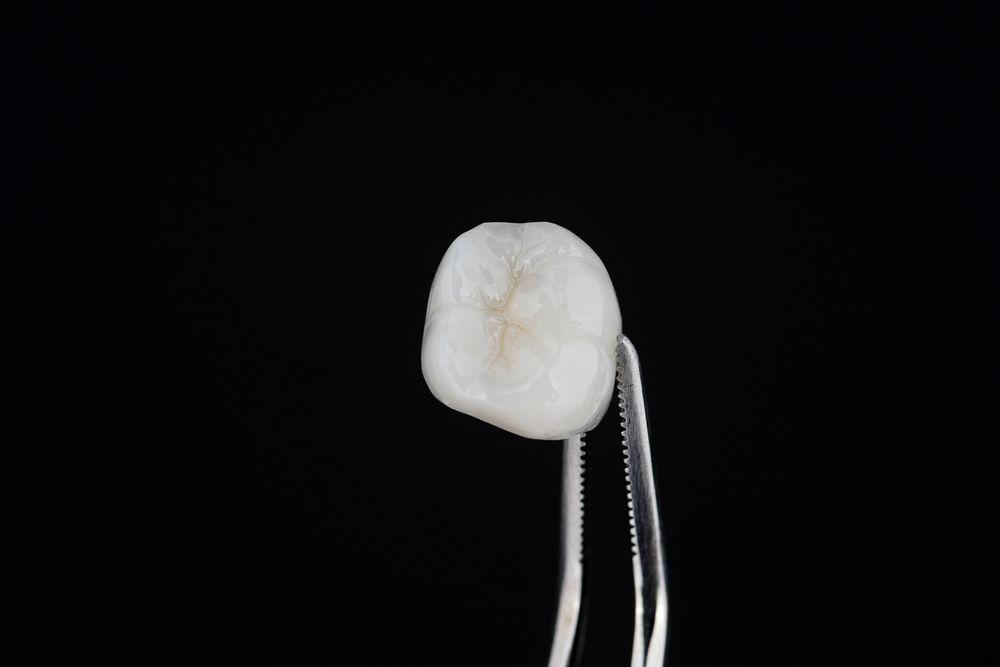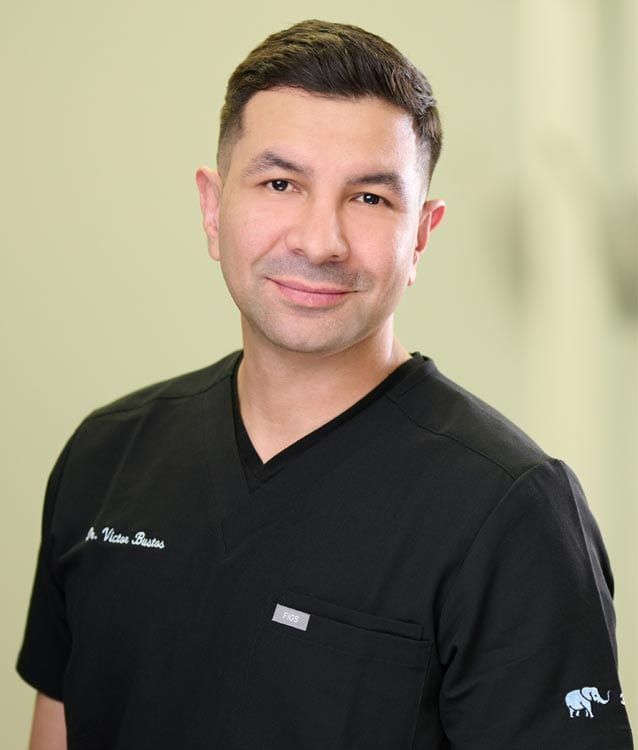Every year thousands of parents discover their children’s need for orthodontic treatment. Taking the time to learn as much as you can about the procedure helps ease anxiety in parents and children alike. Thankfully most orthodontic procedures are fairly straightforward, and learning about them takes a little reading. Some parents may find that their children become excited about the treatment once the mystery is removed. We put this guide together to help clarify these treatments by looking into their history and classification.
Dental Adjustment With Orthodontic Anchorage
Orthodontic treatment is a dental procedure used to aspects of our oral structure. Some common concerns that are addressed are teeth that are out of alignment or a bite that doesn’t come together correctly. When teeth are out of natural alignment, they can reduce the longevity of the tooth, alter wear and tear, and even lead to jaw problems. In some cases, there may be too little room for all the teeth present or need to come in. Some teeth may need to be extracted so that there’s enough room for others to come in or to allow the remaining teeth to be straightened.
The development of our adult teeth starts when we’re still young. Ensuring that our baby teeth come in properly and have good alignment helps ensure our adult teeth will as well. This is due to the way in which our baby, or primary, teeth affect the development of our jaw. This is a primary driver behind orthodontic treatment in children. While our jaw is still developing, it is more malleable and able to be adjusted to create a healthy adult bite.
What Are Dental Anchorages?
Dental anchorages are an important part of some patients’ orthodontic treatments. When our teeth are being adjusted, it’s essential that only those that need to be moved do so. An anchorage helps to secure those teeth that shouldn’t move in place. The original anchorage was known as “Baker’s Anchorage” and was named after its creator. First introduced over a century ago by Henry Albery Baker, anchorages have become an essential part of orthodontic care. His invention was so successful that it became the first in a long line of new anchorages for addressing different orthodontic concerns.
There are five criteria used in modern dentistry to describe an anchorage. These criteria define the different facets of the anchorage, from the number of teeth adjusted to which are being moved. There are also specific classifications describing which bones are used as anchors and for anchorages using implants.
The five primary criteria used in defining an anchorage include:
- Location of anchorage
- Quantity of teeth
- Interior or Exterior anchorages
- Bones used in anchorage
- Implants used to anchor teeth
- Which teeth are being moved
Together these classifications provide useful information about the nature of the anchorage and what it is meant to accomplish.
Speak To Your Dental Provider For More Information
Talk to your dentist today to find out how orthodontic anchorages will be used in your procedure. You can call today to get a consultation and learn more about your upcoming orthodontic treatment.






